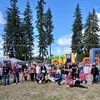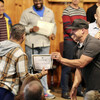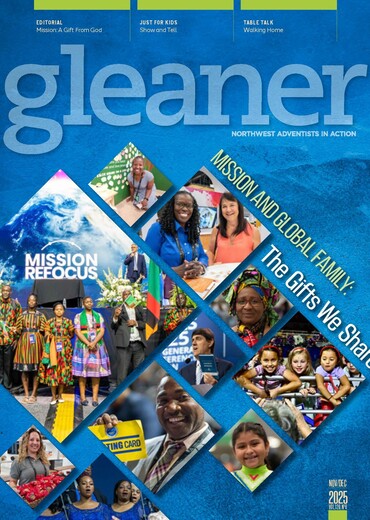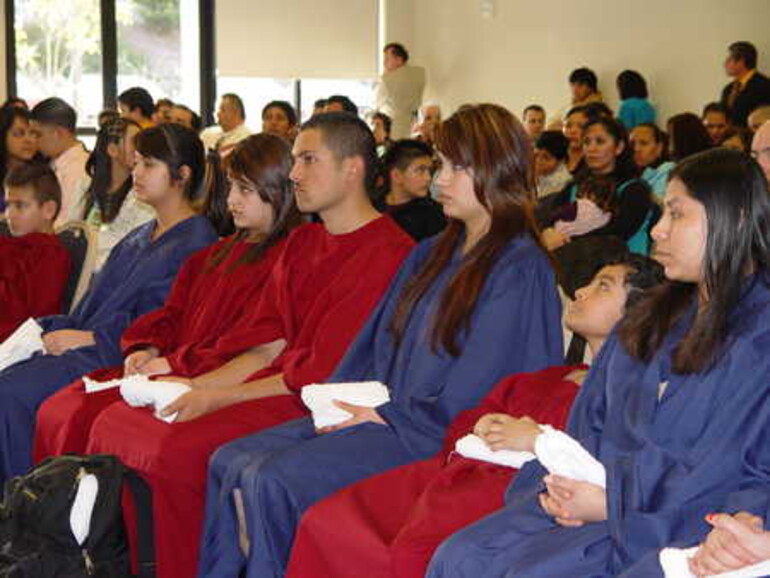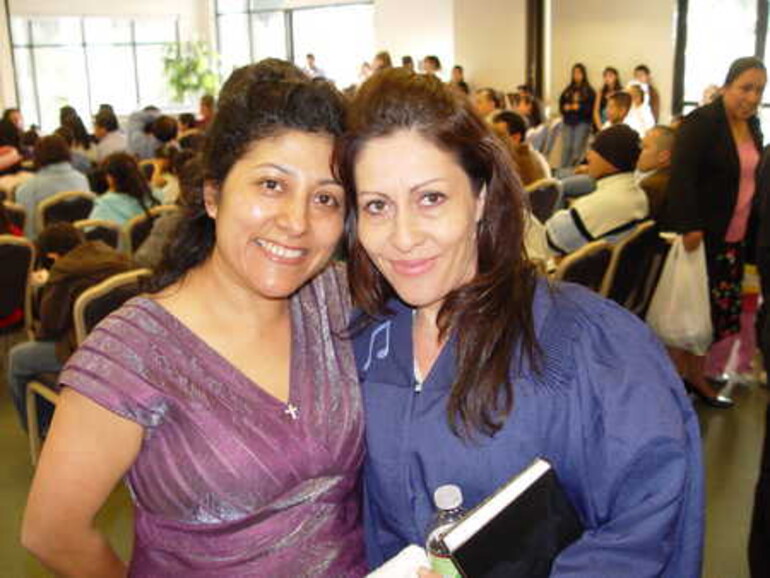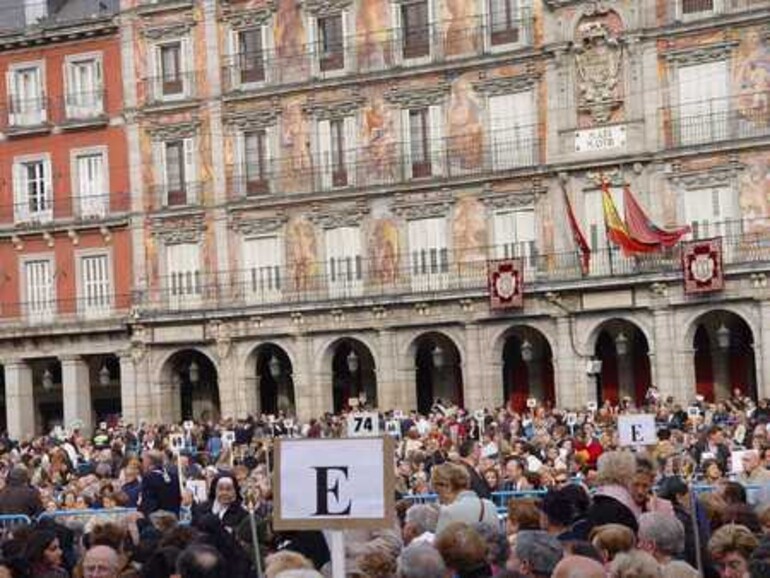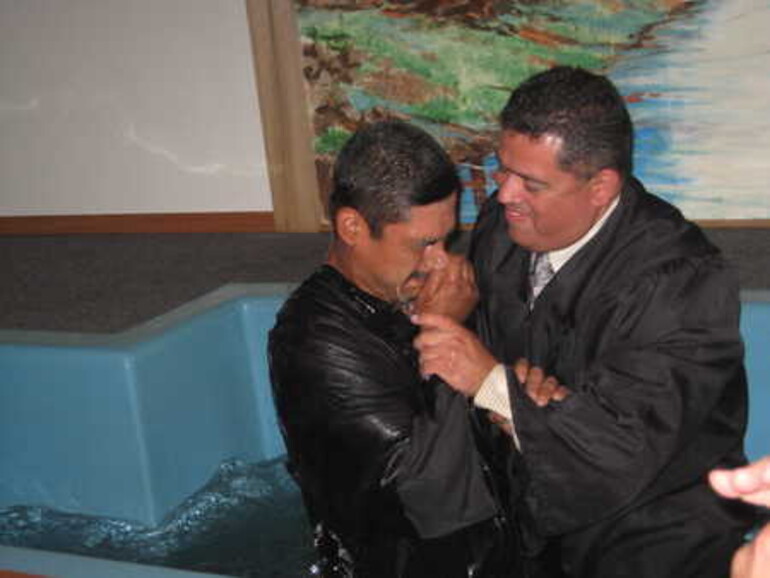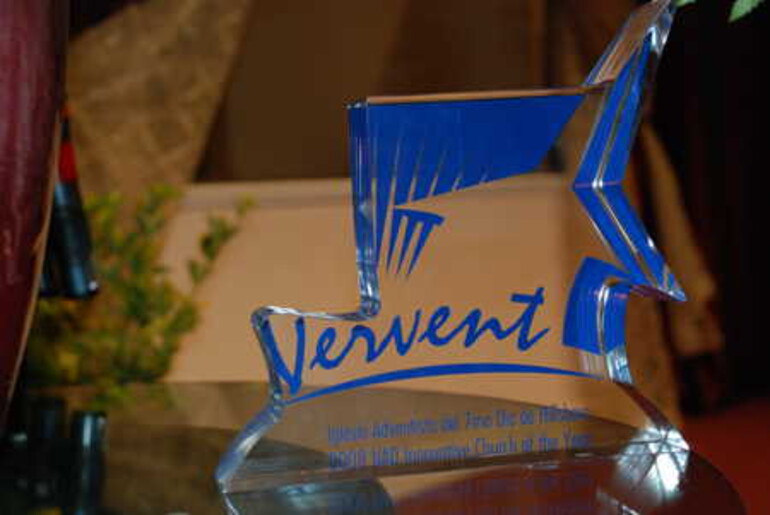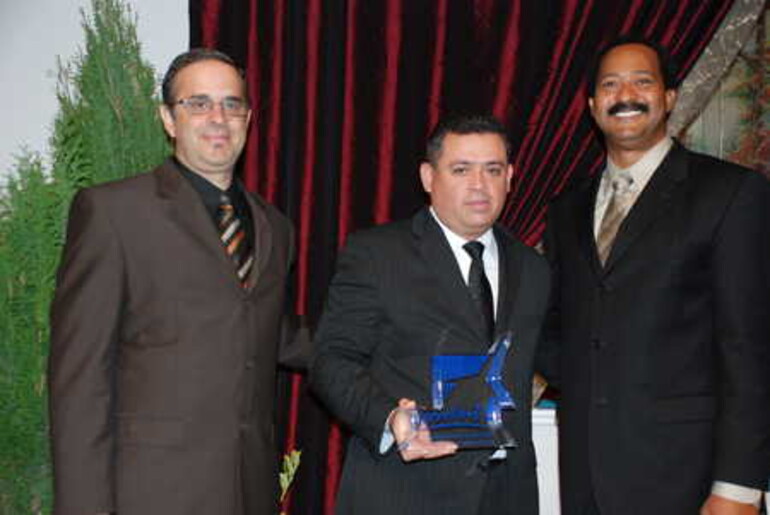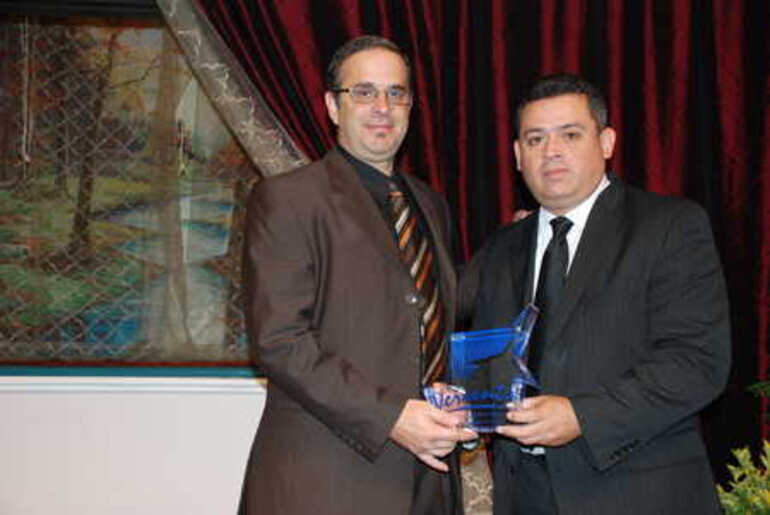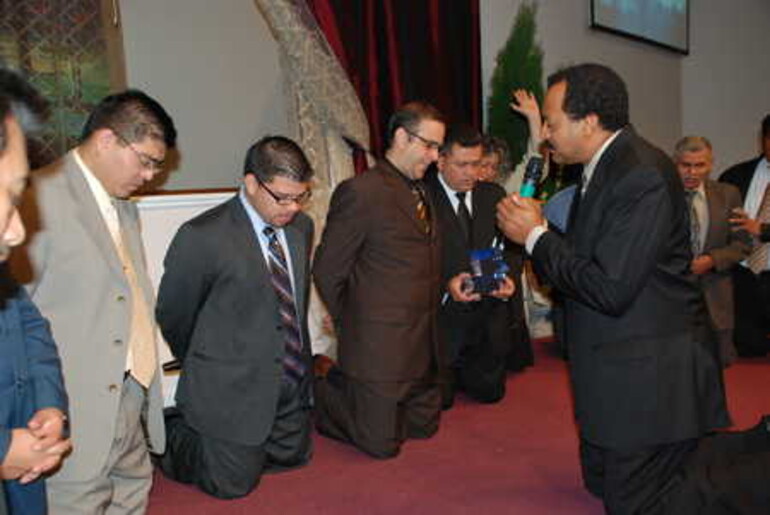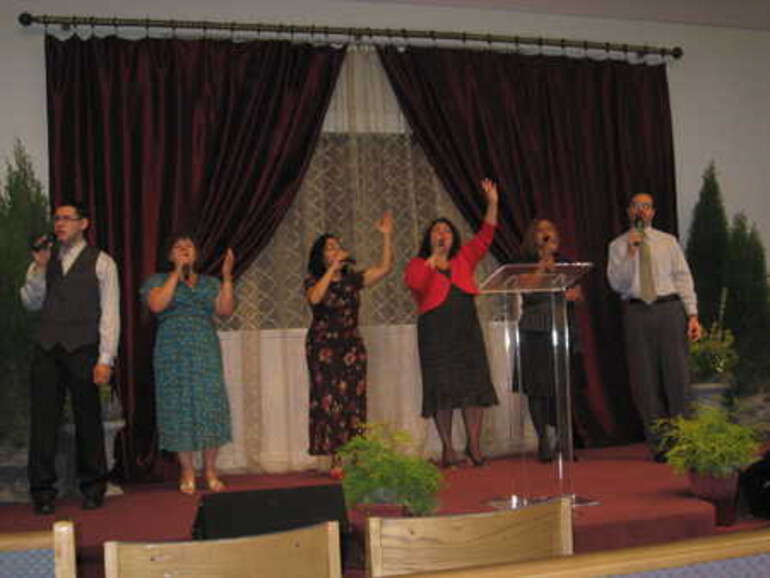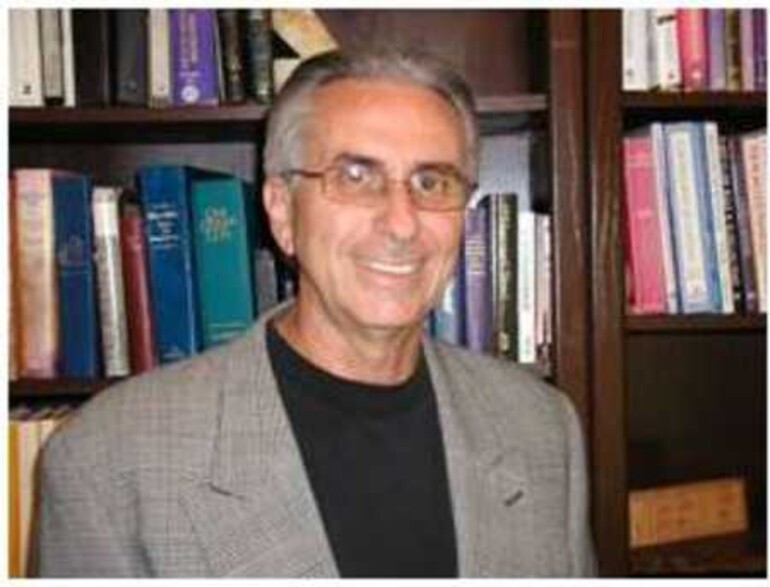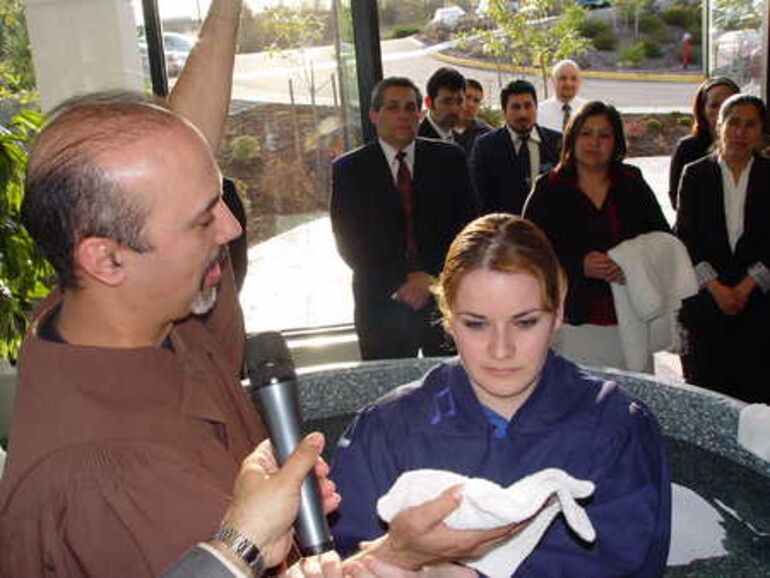Editor's Note: The Hispanic churches of North America celebrated a century of ministry in 1999. In honor of this, Manuel Vasquez and the North American Division published The Untold Story, a comprehensive historical account of Hispanic ministries within Adventism. Many of the facts here have been taken from the late Dr. Vasquez' book.
Hispanic ministries were scarce in the Northwest as many immigrants moved to the area shortly after World War II. Spanish-Catholic influences, cultural barriers, lack of funds to build their own structures and migrant work cycles made Hispanic work challenging. The 1950s brought the beginning of Hispanic churches in the Upper Columbia and Idaho conferences. However, the work in Oregon, one of the Northwest's largest conferences, followed much later. When it did, these efforts comprised usually local groups hosting Bible studies and hoping to one day build churches of their own. It wasn't until the 1970s that formal churches began to emerge in Oregon.
Woodburn, Oregon
Frank Ottati, from Ecuador, South America, was hired to be the first Hispanic pastor in the Oregon Conference. When his family arrived in Portland, Oregon, in January 1974, he found only a half dozen Hispanic members. For the next six months, Pastor Ottati worked long hours visiting in the community, trying to find interested Hispanics. But it was hard since they were very dispersed throughout the city.1
Then he met an elderly Anglo lady who told him, "I will take you to a city where there are a lot of Hispanics." She led him to Woodburn, Oregon, 35 miles south of Portland and he discovered many Hispanics working in the orchards. So Ottati moved there with his family to be closer to them.1
Renting a Pentecostal church, the pastor shortly had 11 Hispanics meeting regularly for Sabbath services ... The group continued to add members and, in the spring of 1975, purchased a two-acre plot of land. Soon plans to build a 150-member capacity church were put into action.
Hillsboro Spanish — History Defines Vision
Pastor Ottati realized the Woodburn area needed to be his primary focus because of its large Hispanic population. Accordingly, he invited Dolores Caballero, Velia Galindo, and Frances and Albert Quezada from the Forest Grove (Oregon) English Church to help strengthen the new group. Ottati and the other Adventist families established the first Hispanic church in Woodburn.
The congregation began to grow, and a few years later these families started a second church in the nearby city of Hillsboro, Oregon. Later, the same band of hardworking members, with the generosity of Glen and Viola Walters (owners of a Northwest nursery), were instrumental in building the Hillsboro Spanish Church. They planted additional churches in Beaverton (Oregon), Forest Grove (Oregon) and Salem (Oregon). The Forest Grove Church remains one of the most beautiful and magnificent Hispanic churches in the North America Division today. Woodburn, in turn, became the "mother" of almost all of Oregon's Hispanic churches.2
The Dream Continues
Many of these pioneer families remain strong members of the church today. Woodburn Spanish hosts a viable web presence, membership of 754, two pastors, full Sabbath and midweek services, and a plethora of ministries. Hillsboro Spanish thrives today with more than 944 members, three pastors, and live web streams.
Mission Field Grows Missionaries
A few years ago, members of the Hillsboro Spanish Church noted nearly 80 of their collegiate and teen members no longer attended church. Rather than take the numbers sitting down, they decided to go get their young adults back. The church created a much defined goal as an all-inclusive ministry based on Matthew 22:36–40; 28:16–20. Much like their founders, they were driven by a radical dream, to be a healthy, growing, radical church.3 By 2009, a core team was in place and The Rock Church, (a growing ministry of young adults), resulted.
The Rock (www.mysolidrock.org) has grown from a monthly program to a vibrant and diverse program of youth ministries and service. It incorporates youth and young adult Sabbath School classes with specialized ministries for teens and young couples. Additionally, members provide service projects, such as prayer ministry, graffiti cleanup and feeding the homeless. They also sponsor the Heart Rock Café, an informal Friday night gathering that provides a wholesome alternative to heading into the city.2
Although they sprouted out of a second generation Latino church, they wanted to be rid of labels and to be fully inclusive. They renamed their ministry: Mosaic Adventist Church.
"Instead of 'labels,' we prefer to see ourselves as a mosaic of ethnicities, generation, languages and cultures," says Harold Altamirano, Mosaic Adventist Church lead pastor. "We are learning to live life together. Our diversity and differences only add a beautiful piece to our mosaic family."
Every Member
"One of the major keys for the growth of the Hispanic work in the Northwest is the belief in the priesthood of all believers based on 1 Peter 2:9," says Ramon Canals, North Pacific Union Conference Hispanic ministries director. "Every member is expected to be a witness for Jesus. Hispanic leaders are always training and equipping members for evangelism."
And the Adventist priesthood of believers in the Northwest today includes more than 37 pastors, three coordinators, 34 Spanish congregations, 21 companies, 14 groups and 9,285 members — most of whom have grown from the humble origins of one pastor who wasn't afraid to "be taken to where the people were."G
1 ^a,b The Untold Story: 100 Years of Hispanic Adventism, Dr. Manuel Vasquez, Pacific Press, 2000.
2 ^a,b "Our Personal Callings," Women's Ministries, GLEANER, special feature, June 2008.
3 Hillsboro (Oregon) Spanish, Seventh-day Adventist Church Newsletter, May 2011.
